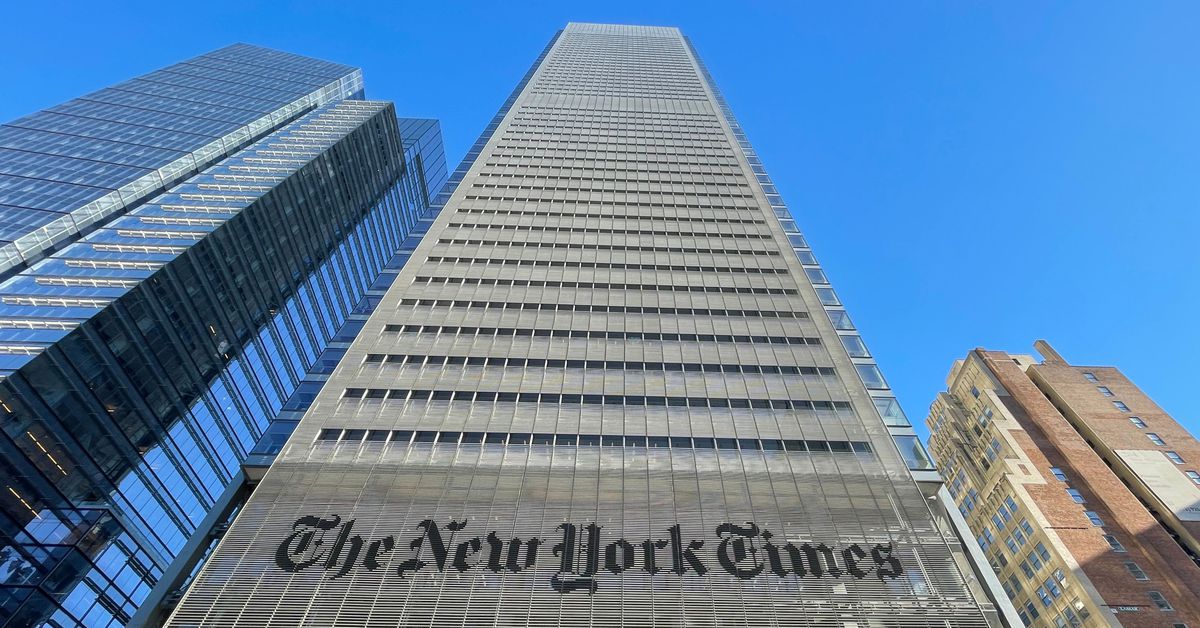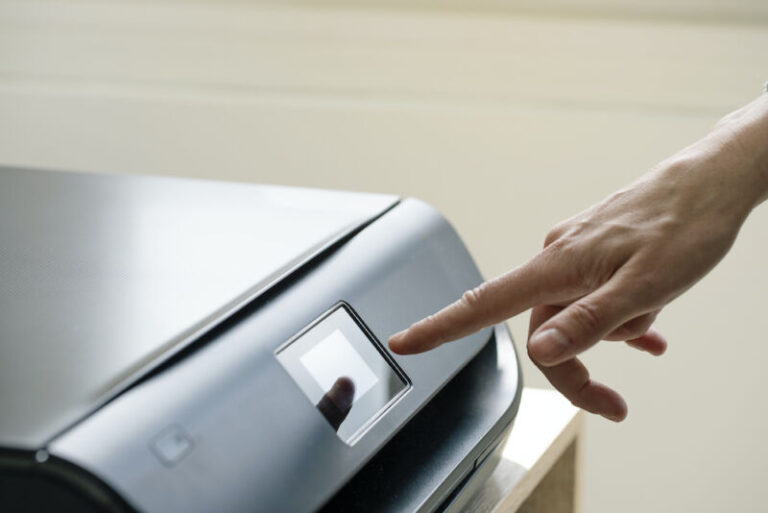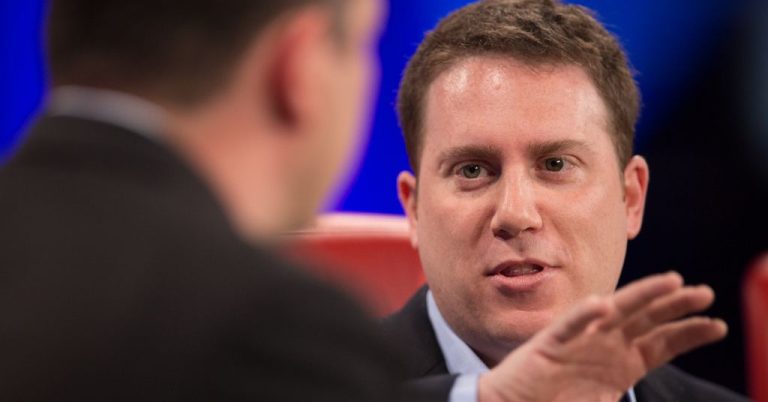
The New York Times wants more subscribers. The Athletic has lots of subscribers but loses money.
So there’s your two-sentence explanation of why the Times is paying $550 million in cash for the Athletic, the five-year-old sports news service.
And now we can go deeper on the newest round of media consolidation. Remember that in the last few months, BuzzFeed bought Complex, and Vox Media, which owns this site, acquired Group Nine. Like those deals, this one makes sense for both sides, up to a point. But the Times-Athletic deal also underlines the challenges both companies are facing right now. You can call it a chocolate-peanut butter combination, or you can call it a marriage of convenience. Or both.
Here’s the upside of the deal for both companies:
The Times, which has transformed itself from a publisher supported by ads into a publisher supported by paid subscribers, enjoyed blockbuster growth during the Trump administration, and even thrived during the first summer of the pandemic. As a reward, the paper has $1 billion in cash and a stock price that’s moved up 250 percent in the last five years — which means it has the capacity to pay $550 million in cash for the Athletic, as Axios first reported. (The Information first got word of the deal’s value.)
In return, the Times gets a new subscription business it can market along with its core product. It’s also a product that doesn’t conflict with anything the Times does now. The paper has largely ignored sports in general over the past few years, and spends next to no time covering individual sports teams, which is the entire point of the Athletic.
The Athletic, meanwhile, has already signed on 1 million paying subscribers, confounding many skeptics — including the guy typing this — who didn’t think there were that many people who’d pay to read about their favorite sports teams. Attaching itself to the Times means the startup enjoys the benefits of a much bigger marketing engine. And, crucially, it means the Times can offer subscription bundles that include both publications, which could make Athletic subscribers less likely to cancel their subscriptions when their team/sport isn’t playing — which people familiar with the Athletic tell me is a problem for the company right now.
On the other hand: The reason the Athletic is selling for $550 million — less than the $750 million the company was reportedly seeking, and around the value its investors thought it was worth in February 2020, when it last raised money — is because it has to.
As The Information’s Jessica Toonkel has reported, the startup burnt through more than $100 million in 2019 and 2020. In 2020 alone, when sports went dark for much of the year, it lost $41 million on revenue of $47 million. And even its most optimistic projections had it losing money until at least 2023.
So the company needed a buyer or an investor; a person familiar with the company tells me the Athletic was also talking to Middle Eastern sovereign wealth funds last fall. The Times deal solves a problem, but it wasn’t the solution the Athletic had been looking for. That’s why we kept reading about the Athletic looking for other deals for much of last year, like a floated plan to combine with Axios and take the merged company public.
And while the Times has been justifiably proud of its subscription boom during the Trump era, that era is over (for now). It will have to work harder to find new subscribers, which was reflected in slowing growth numbers at various times last year. If the Times felt more comfortable about its organic growth, it might not be paying roughly $500 a subscriber for the Athletic.
Instead, it’s making its second-largest deal in the paper’s history. The Times purchased the Boston Globe in 1993 for $1.1 billion; and in 2005, it paid $410 million for About.com, its largest digital acquisition before today. Neither of those deals worked out well for the Times. It dumped the Globe in 2013 for $70 million, and it got rid of About for $300 million in 2012 (by selling it to Barry Diller’s IAC, which turned it into DotDash, and which now owns much of what used to be called Time Inc).
Past performance never guarantees future results, and today’s Times has a new set of business leaders, so it’s entirely possible this pans out. But make no mistake: It’s a very big bet, with significant risk and upside — and one the Times wouldn’t have been in a position to make not very long ago.






